The following figure was excerpted from Horowitz's The Art of Electronics, Appendix G: Transistor Saturation (page 1089 for the 2nd edition),

It represents the current gain \$\beta\$ of an npn transistor ( or \$h_{FE}\$) as function of the collector to emitter voltage in the saturation mode of operation.
If I understand the curves correctly, for a fixed collector current value, for example 10mA, the current gain \$ \beta\$ decreases as \$V_{CE}\$ diminishes. What I don't understand is how can \$I_{c}\$ remain constant while \$ \beta \$ decreases?
We know that \$ I_{C} = \beta I_{B} \$, thus, if we reduce \$ \beta \$ by decreasing \$ V_{CE} \$, then so must \$I_{C}\$, i.e., it should become less and less smaller than 10mA as \$V_{CE}\$ is reduced. Or am I misinterpreting the curves ?